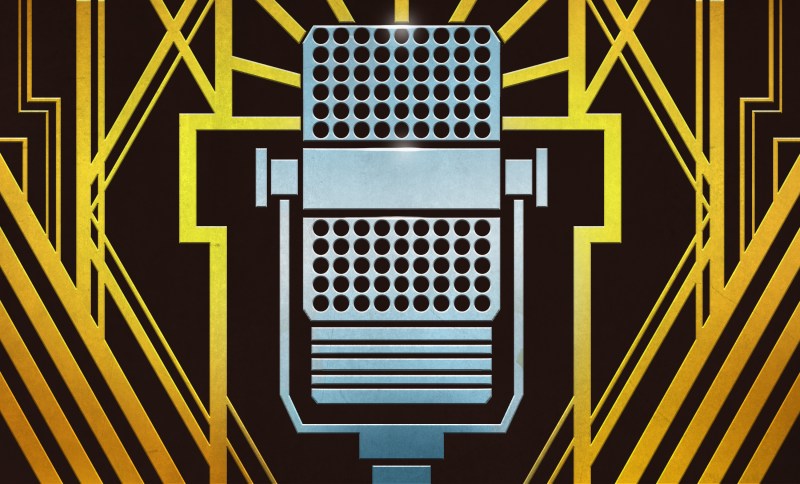Hackaday editors Mike Szczys and Elliot Williams get caught up on the week that was. You probably know a ton of people who have a solar array at their home, but how many do you know that have built their own hydroelectric generation on property? Retrocomputing software gurus take note, there’s an impressive cross-compiler in town that can spit out working binaries for everything from C64 to Game Boy to ZX Spectrum. Tom took a hard look at the Prusa XL, and Matthew takes us back to school on what UEFI is all about.
Take a look at the links below if you want to follow along, and as always, tell us what you think about this episode in the comments!
Direct download (55 MB)
Episode 147 Show Notes:
What’s that Sound?
Tell us your answer for this week’s “What’s that sound?”. Next week on the show we’ll randomly draw one name from the correct answers to win a rare Hackaday Podcast T-shirt.
News This Week:
- Elliot Williams will become Hackaday’s next Editor in Chief as Mike Szczys moves into Developer Relations at Golioth IOT
- The 555 Timer Contest Returns!
- Samsung Bricks Smart TVs
Interesting Hacks of the Week:
- Impressive Off-Grid Hydroelectric Plant Showcases The Hacker Spirit
- Watch Blender Plugin Make Animated PCB Traces (and More)
- Scale Buildings With The Power Of Suction
- A Super Speedy Lightweight Lossless Compression Algorithm
- Magnus Effect Propels This Flettner Rotor Boat
- Turbo Rascal Is The Retro Pascal Compiler We Always Wanted
Quick Hacks:
- Mike’s Picks:
- Elliot’s Picks:
















I’ve always figured that if I wanted to get on the Hackaday podcast, I’d just have to figure out some weird way to make a clock and Mike would be drawn to it like a moth to a flame. But I guess I waited too long to use that trick!
The BIOS and UEFI booting comment you made that “it only offers the first block” of a device was slightly over simplified. The original BIOS could boot from many other devices other than just a storage device. You can boot of the network in a disk less mode (so no HDD in PC). This was used by banking corporations to protect loss of the machine i believe. The other is booting through the LPT1: port . There were some old network adapters that could do this and there is a link here http://http://boginjr.com/it/sw/dev/bootlpt-86/ of someone doing that today. The network boot was sometime called smart boot in the token ring networking world. This used a special eeprom on the network adapter with enough code to crawl the DOS systems onto a disk less PC. Where i worked we had disk less CAD workstations and we could even run win95 diskless.
Last of all was booting from tape but that was covered when someone used it to boot from vinyl record. You could also have specialized hardware to boot from ISA, EISA and PCI bus. I think the odd one out was PCMCIA cards which was not a bootable medium until Cardbus overtook it.
I’ m sure UEFI covers many other boot scenarios now which are not used everyday.. It would make an interesting article.